World War II in Europe officially ended on May 8, 1945. Just over a year later, however, during the afternoon of May 26, 1946, fighting erupted in a dense pine forest in Soviet-occupied Lithuania. As Soviet troops moved cautiously through the woods, Lithuanian partisans, organized into the so-called Iron Wolf Regiment, rushed to conceal their valuables, including a printing press for producing anti-Soviet literature. Abandoning their log bunkers, the partisans dispersed into the forest.
A terrified rabbit darted through the woods as the Soviets exclaimed—they had discovered the bunkers—and a scout told the partisans to get ready to fight before rushing for cover. As one Red Army soldier approached, submachine gun at the ready, a Lithuanian partisan lifted his antique rifle and opened fire. The Russian fell as gunfire erupted throughout the forest. Another soldier went down as the partisans withdrew, keeping up a ragged fire, but the Soviets refused to be drawn deeper into the forest and began plundering the log cabins for supplies and information.
This was only one small episode of the conflict that erupted across Soviet-occupied Eastern Europe. It began as early as 1944 in the wake of the German retreat, and intensified as time went on. Still largely unknown today, this war resulted in probably more than 100,000 dead in Estonia, Latvia, Lithuania, Belarus, and Ukraine. Motivations for the resistance were diverse, including nationalism, religion, and hatred of communism. Some partisans had collaborated with the Nazis, while others had fought Germans and Russians with equal determination. Whatever the origins, the fighting was often fierce, with atrocities committed on both sides. And it lasted for years—in some cases, even decades.
Some of the worst fighting took place in Lithuania, after Soviet forces drove the Germans out of most of the country in July 1944. Lithuania’s dense pine forests were clogged with refugees, German deserters, and soldiers who had absconded to escape conscription into the SS; but very few Jews, since the Nazis had murdered most of them with often enthusiastic local collaboration after 1941. In this war-ravaged former republic, the Soviets struggled to establish political control.
Brutal occupation policies exacerbated resistance, as over 100,000 Lithuanians were deported to Siberian gulags in the first six months after the Red Army took over. The impact on a population of three million people already impoverished by war was catastrophic, engendering anger and despair that led directly to armed resistance. By the spring of 1945 about 30,000 Lithuanians were actively participating in armed resistance against Soviet rule, and another 20,000 would join in the years to come. Only in western Ukraine did the population rise up against the Soviets on a larger scale.
The Lithuanian resistance included men and women of all social and economic backgrounds. Many insurgents wore old Lithuanian Army uniforms to emphasize their status as legal combatants, but their ranks included a few Red Army deserters and escaped German POWs. Though no one imagined they could defeat the Soviet army, many predicted eventual western political or military intervention. To the Lithuanian people, the partisans were known simply as Miško Broliai, or “Forest Brothers,” a label that applied also to the many women in their ranks.
Partisan bands ranged in size from a few individuals to several hundred. Some insurgents lived in forest bunkers full time, while others merged by day into civilian life. At night, they would retrieve hidden weapons and carry out attacks. Living conditions were primitive. Partisans depended on sympathetic civilians for basic supplies, and used abandoned German or Lithuanian army equipment as well as weapons captured from the Soviets.
From 1944 to 1946, the Forest Brothers concentrated their raids on Soviet interior and secret police, blew up installations with explosives, and even launched open assaults on garrisons. Pitched battles involving up to several hundred fighters on each side sometimes took place, such as in May 1945 when several hundred Soviet NKVD soldiers assaulted a detachment of 80 Forest Brothers. The battle lasted several hours as partisans resisted repeated Soviet assaults, killing dozens of soldiers before withdrawing into the forest.
Such large scale operations resulted in heavy casualties, with about 10,000 insurgents being killed by 1946. Partisan leaders henceforward changed their tactics, operating in smaller numbers and avoiding open battle. They beat up or killed Soviet officials, booby-trapped anti-Soviet posters, interfered with attempts at collectivization and land redistribution, and attacked polling stations for rigged Soviet elections.
By 1947, the Soviets had to admit that their often savage counter-measures only made the partisans stronger by increasing their civilian support. In many regions of the country, the Soviets ruled the day and insurgents controlled the night. Fearful of these developments and aware of partisan attempts to reach out to the west, Soviet leaders decided to adjust their tactics, working incrementally to infiltrate the partisan bands and turn Lithuanians against other Lithuanians—a tactic also employed in Ukraine and elsewhere. As intended, this ramped up paranoia and drove many partisans to kill suspected collaborators. Meanwhile, mass deportations were ramped up after 1947, with up to a quarter of a million Lithuanians being sent to Siberia by 1952, severely undermining civilian supply and support.
Military operations continued, but after 1947, Soviet forces undertook careful, slow-developing operations aimed at isolating, encircling, and eliminating insurgent bands. In 1948, 70,000 Soviet police troops were actively engaged in anti-partisan operations in Lithuania, along with eight regular Red Army divisions and even air units. The average lifespan of a Forest Brother was about two years.
The American CIA and Britain’s MI6 provided some training and supplies for individual anti-Soviet partisans, and helped them both ways across the border. Soviet success in penetrating western intelligence at high levels, however—most notably in the case of British “super spy” and Soviet agent Kim Philby—often made CIA and MI6 support worse than useless.
By the early 1950s the partisans had grown desperate. Feeling abandoned by the west, and with Soviet intelligence anticipating their every move, they increasingly concentrated their activities against fellow countrymen suspected of collaborating with the enemy—often killing innocent victims. Eventually, average people felt that they had no choice but to come to terms with Soviet occupation and get on with their lives, even under a regime they hated.
Still, scattered resistance persisted in some places through the remainder of the 1950s, and even into the 1960s. In Lithuania, all told the Soviets killed about 22,000 partisans while admitting to have lost about 13,000 soldiers of their own. Another 13,000 Lithuanians were killed as suspected collaborators, while hundreds of thousands of people across eastern Europe were deported to Siberia, many of them dying in exile. The repercussions of this resistance—largely ignored in the west—continue to resonate across the region today.
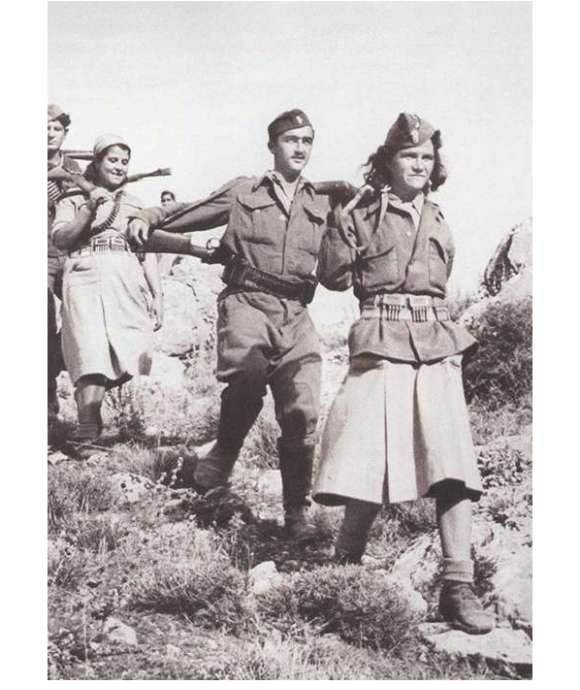
The Greek Civil War, 1944-1949
The Greek Civil War erupted in December 1944, pulling British forces into combat in Athens. Over the next five years this devastating conflict would shatter Greece and transform Europe.
This article is part of an ongoing series commemorating the 75th anniversary of the end of World War II made possible by Bank of America.
Ed Lengel, PhD
Edward G. Lengel is the former Senior Director of Programs for the National WWII Museum’s Institute for the Study of War and Democracy.
Cite this article:
MLA Citation:
APA Citation:
Chicago Style Citation:
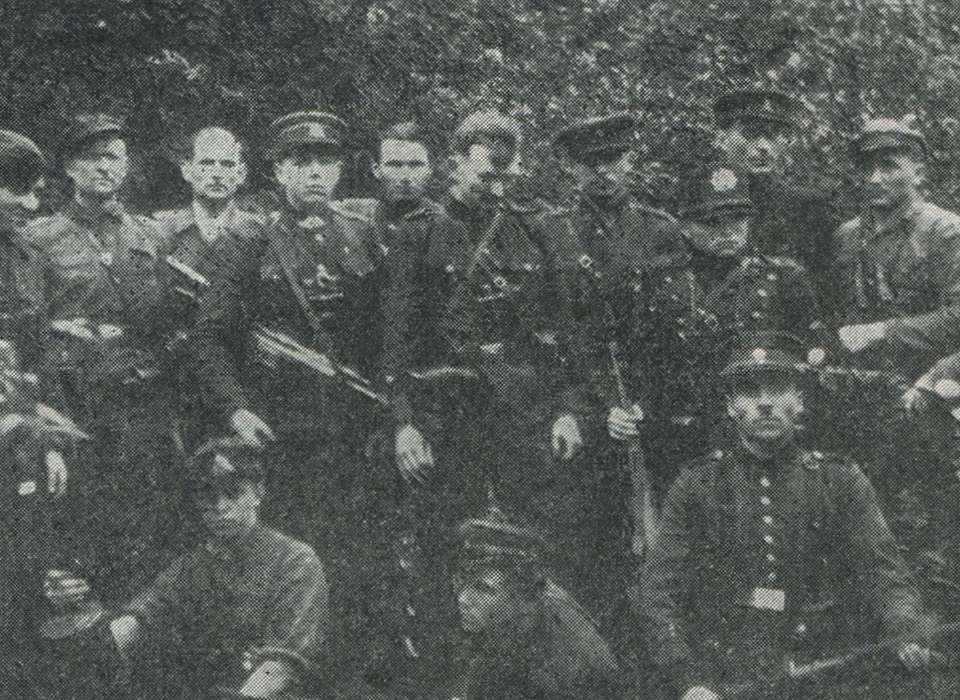
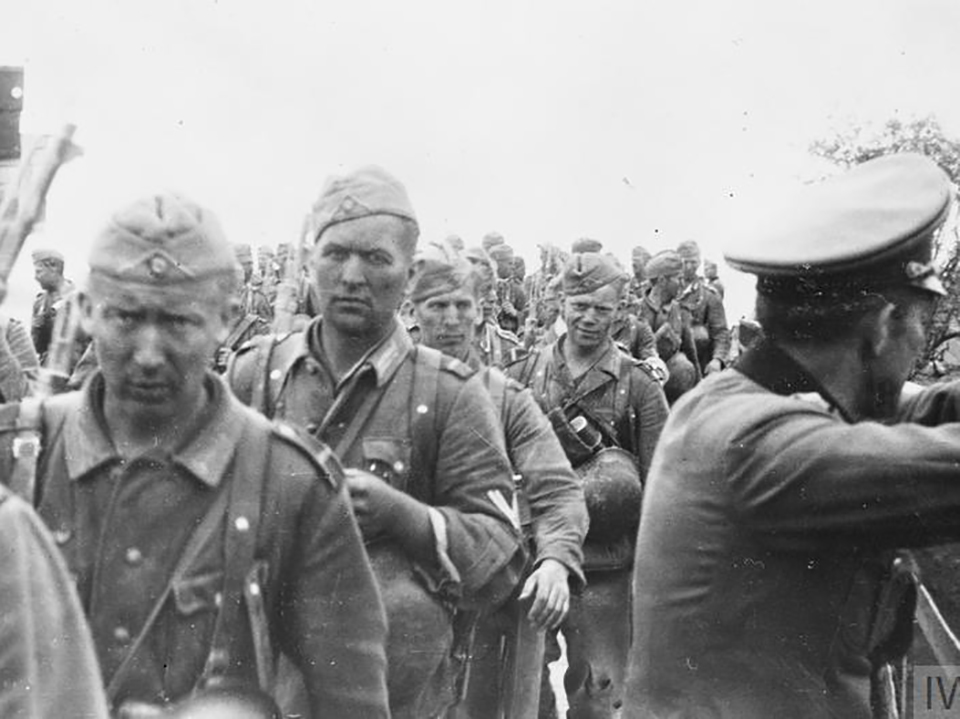
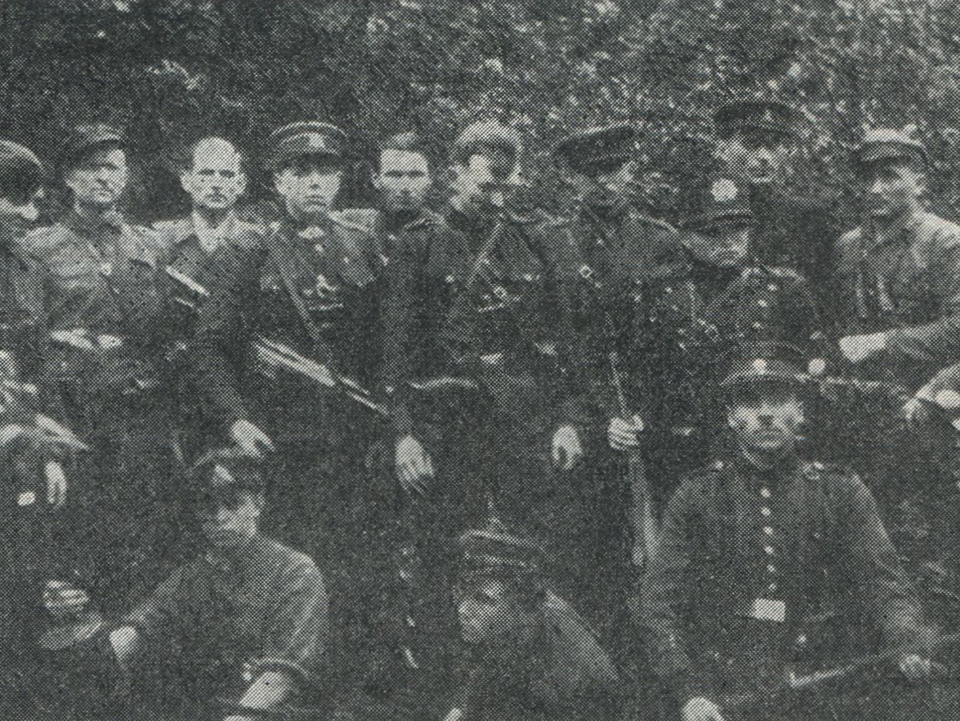
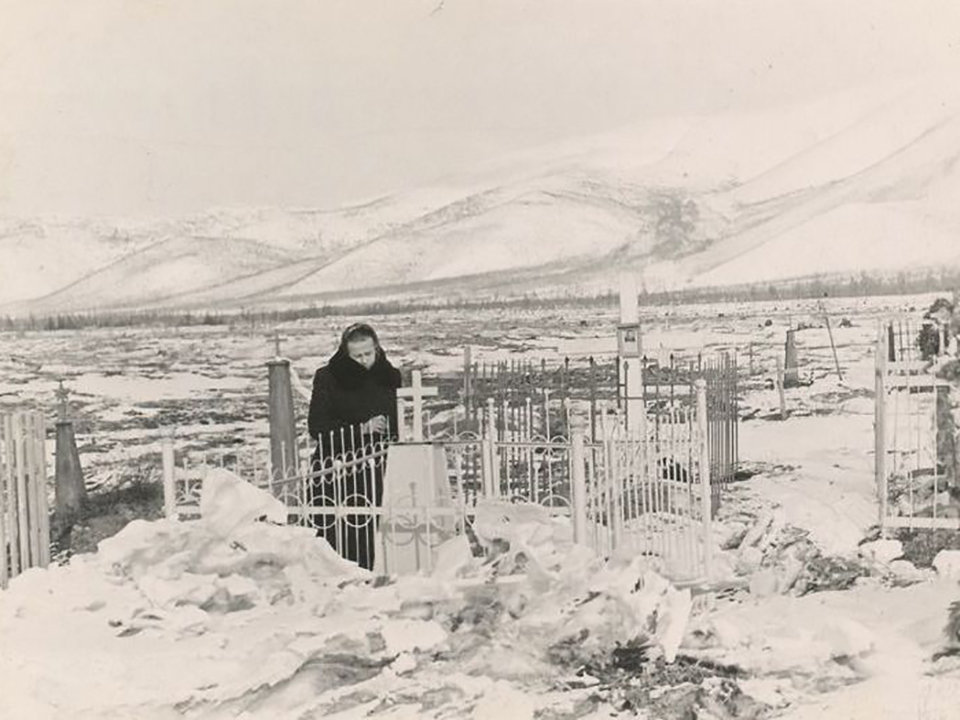
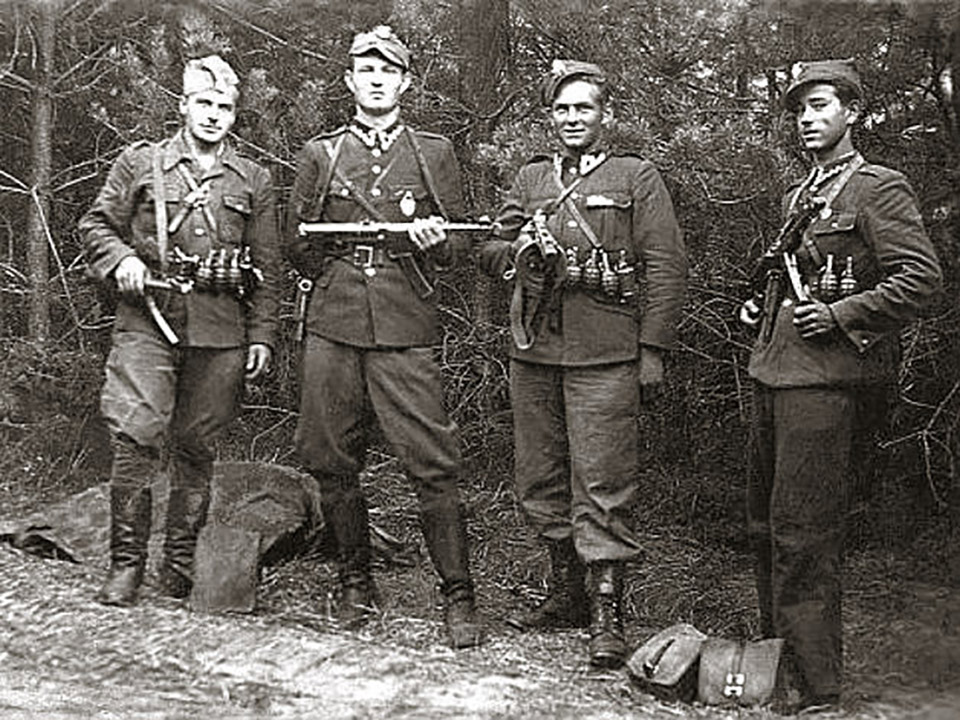





![Max Fuchs, New York City cantor, sings as Rabbi Sydney [sic] Lefkowitz, Richmond, VA, conducts the first Jewish services from Germany.](/sites/default/files/styles/max_650x650/public/2025-10/image1.jpg)



